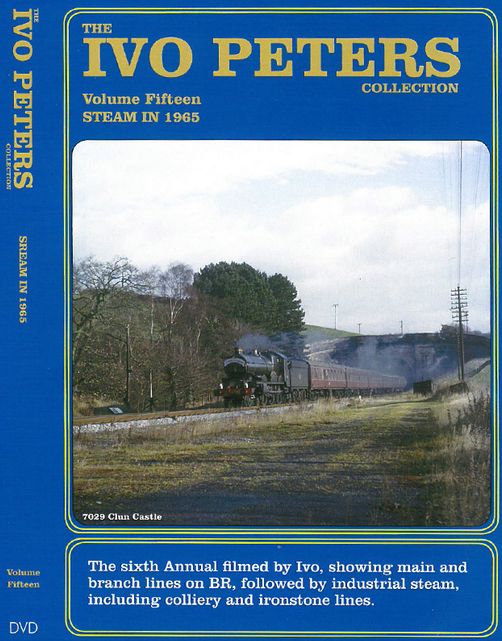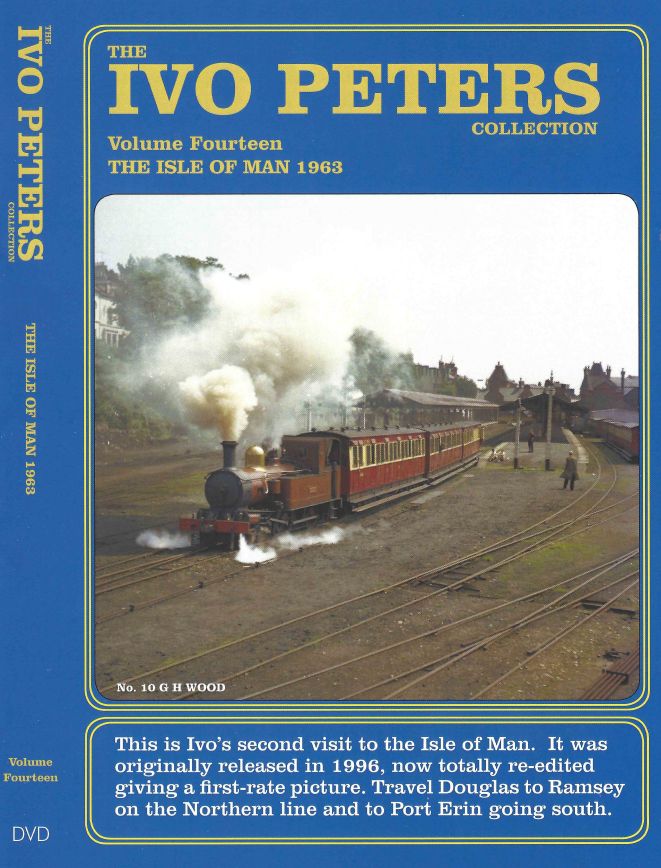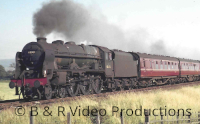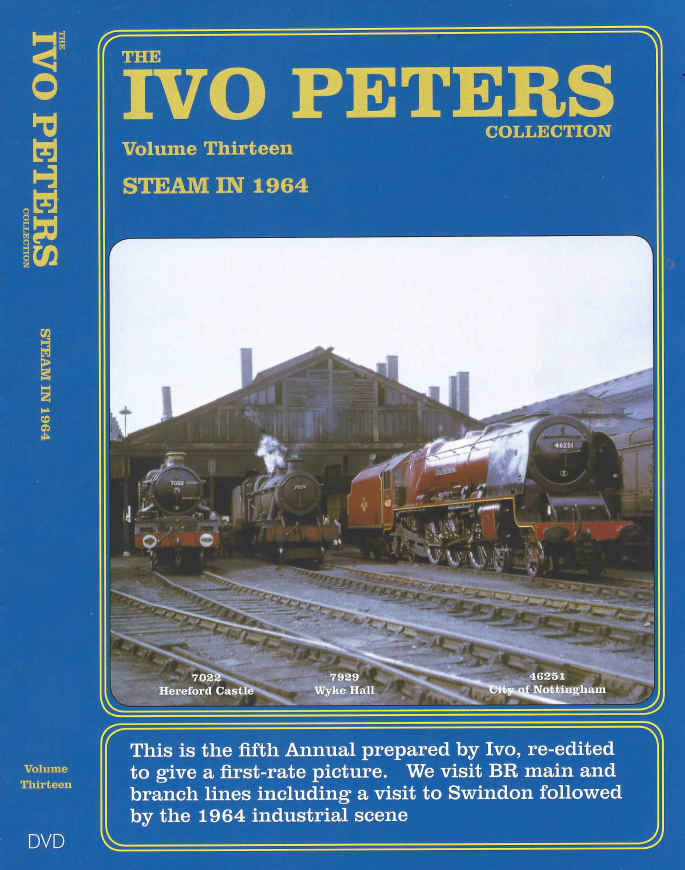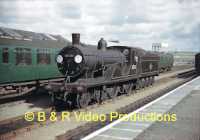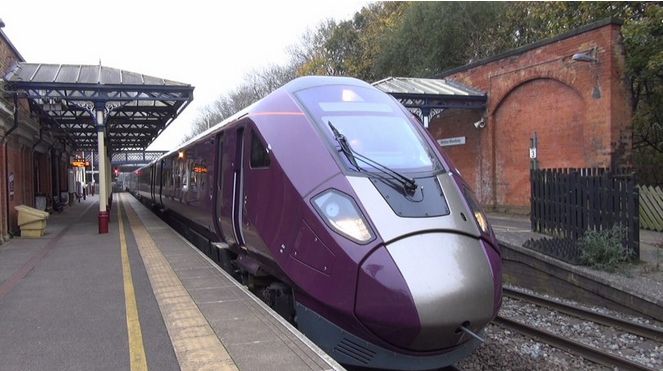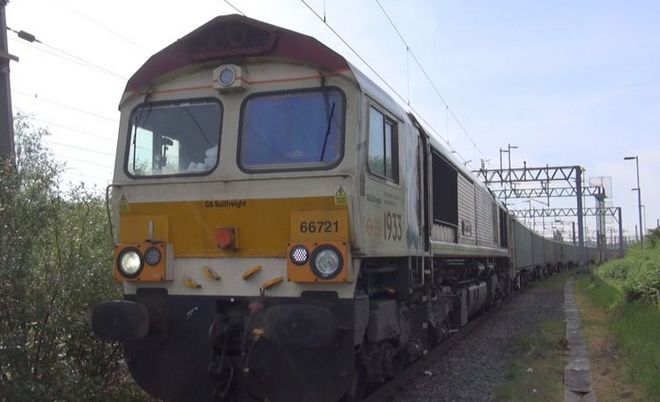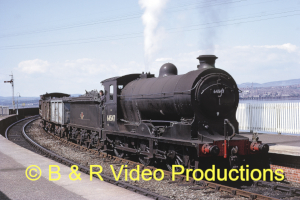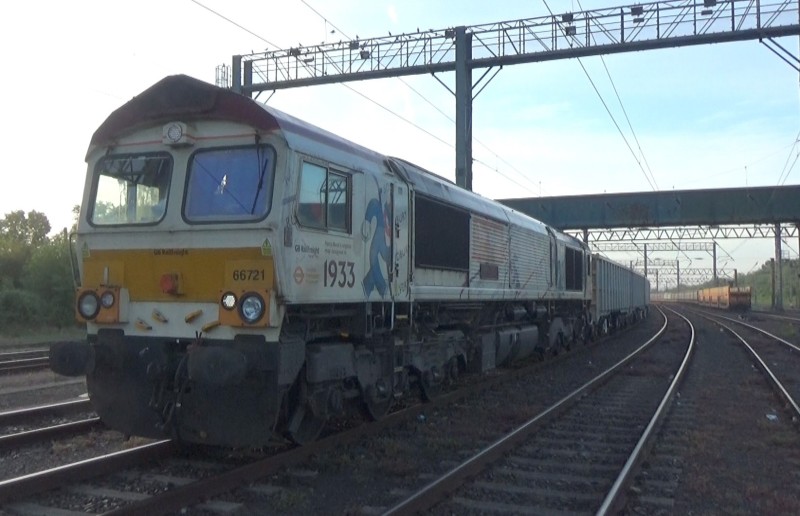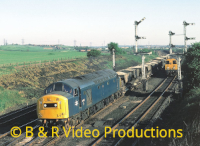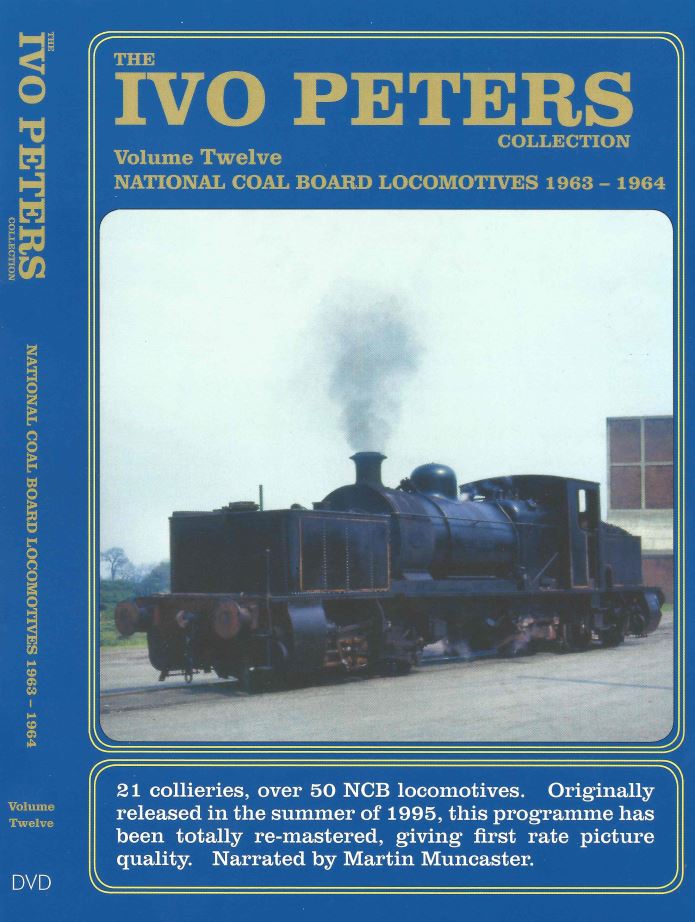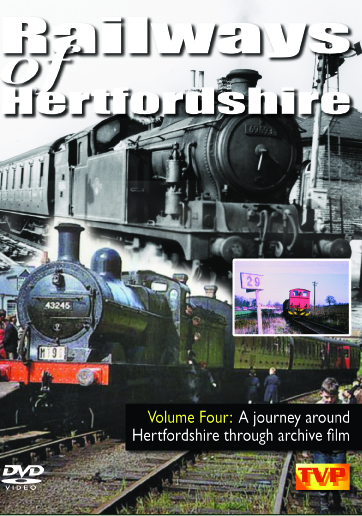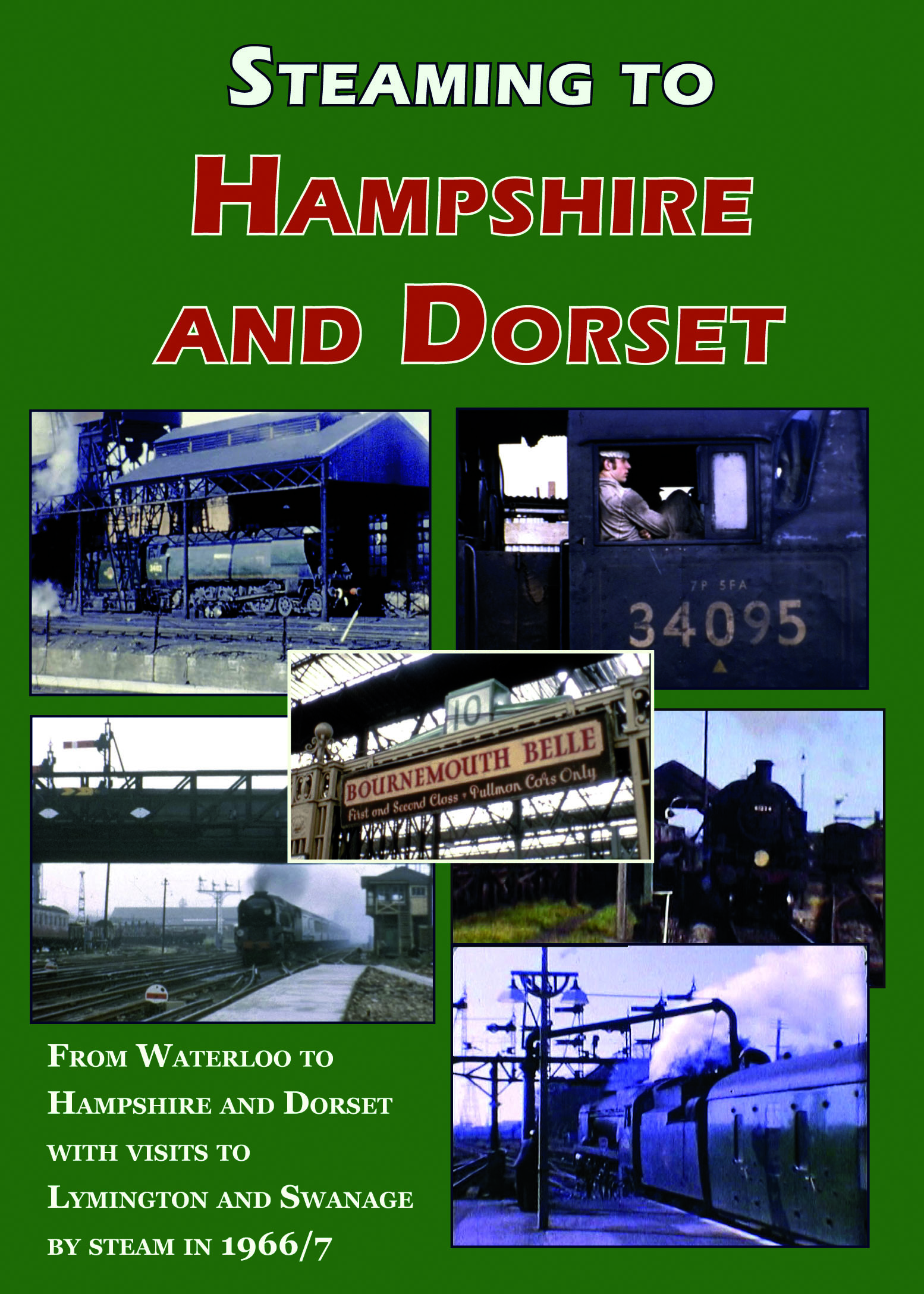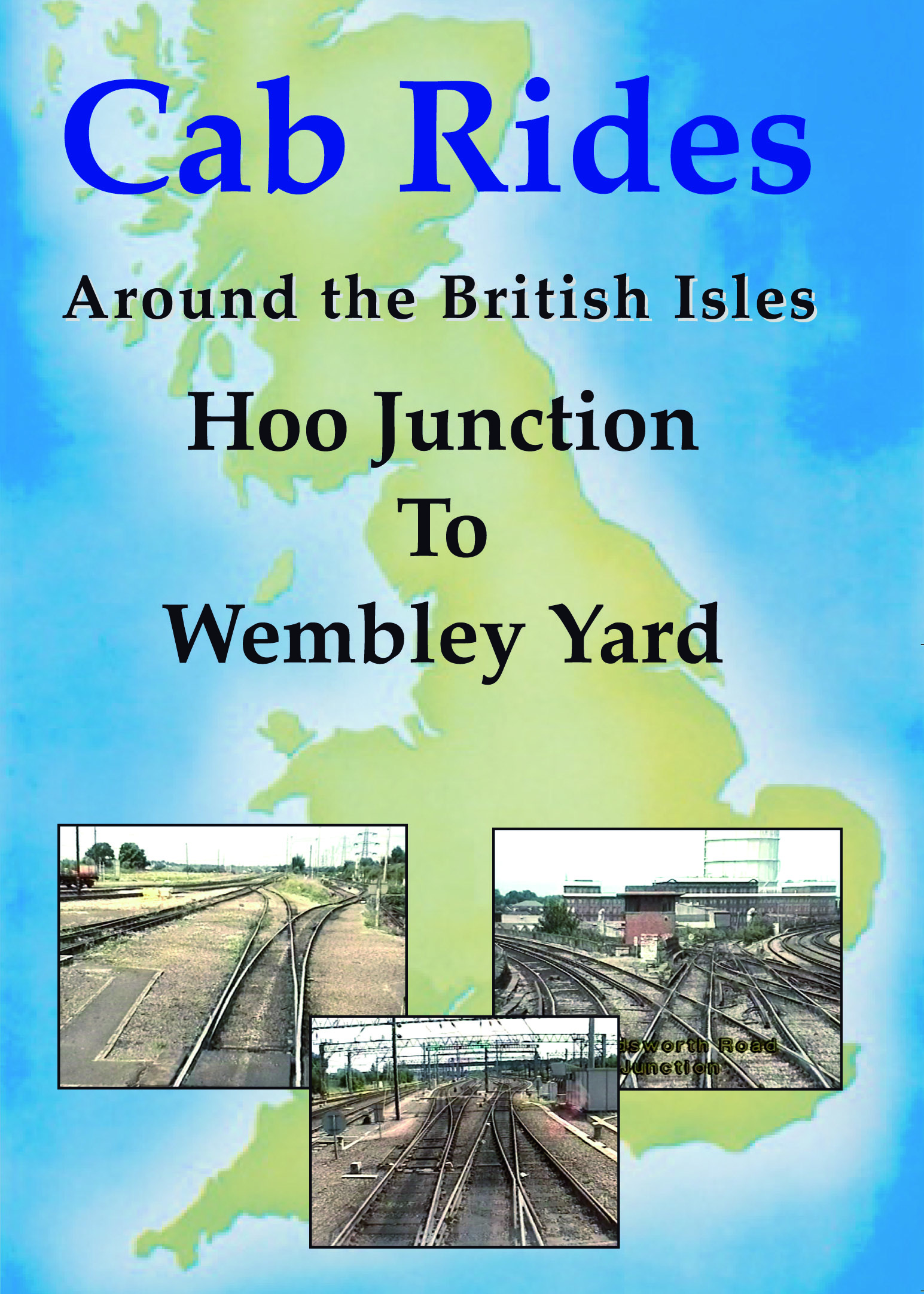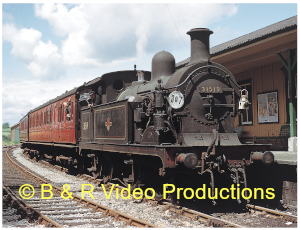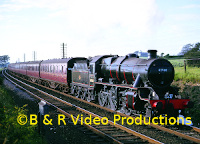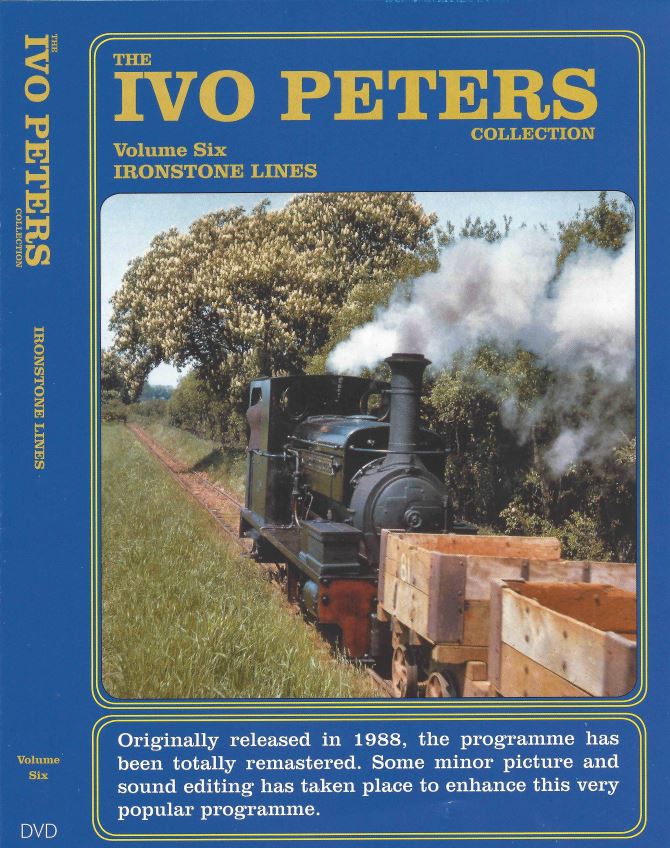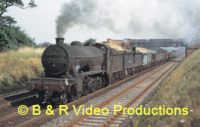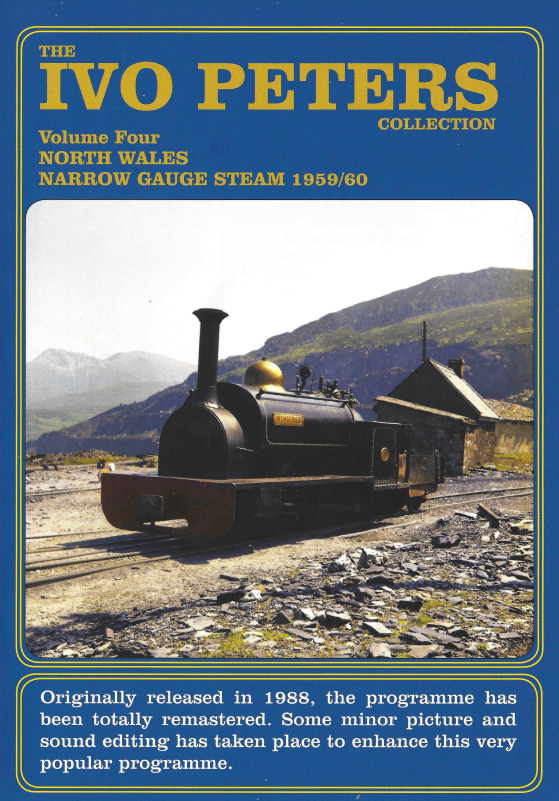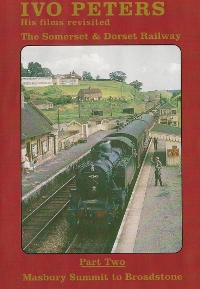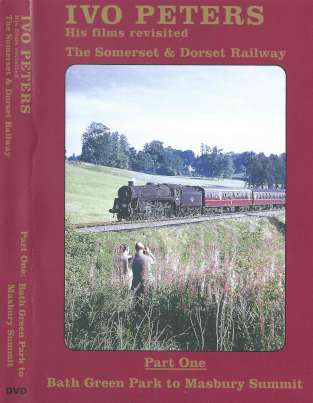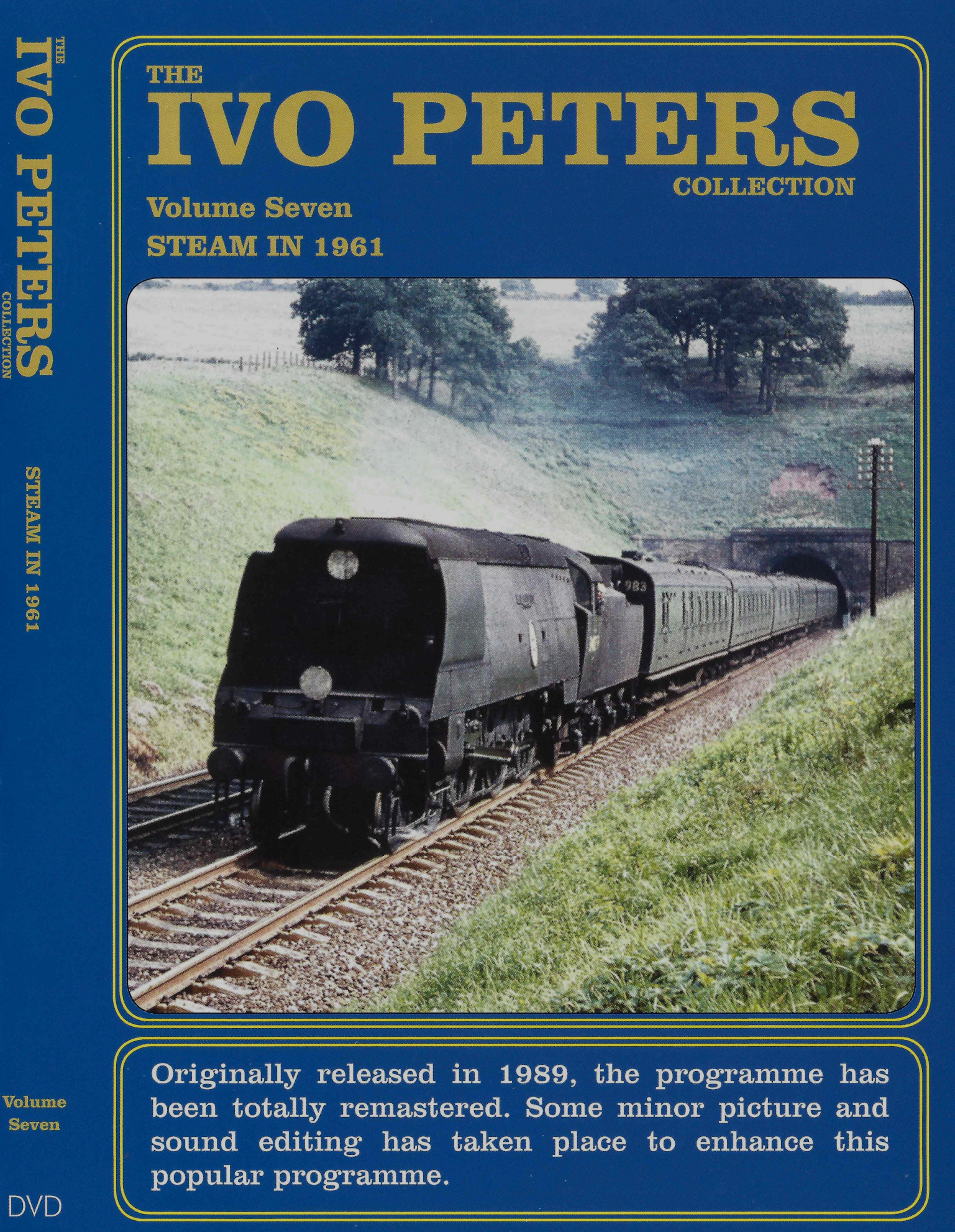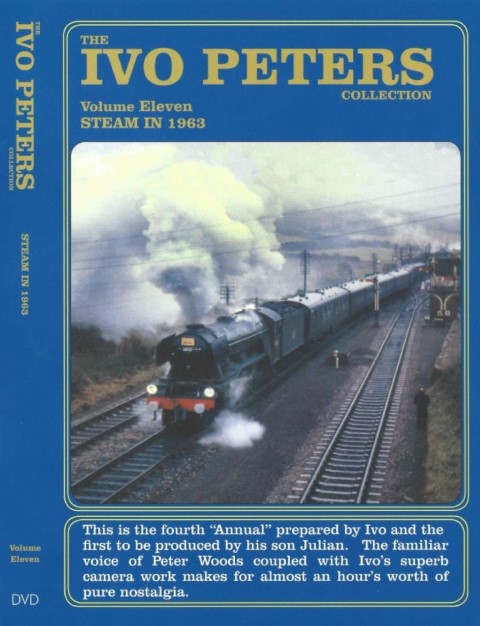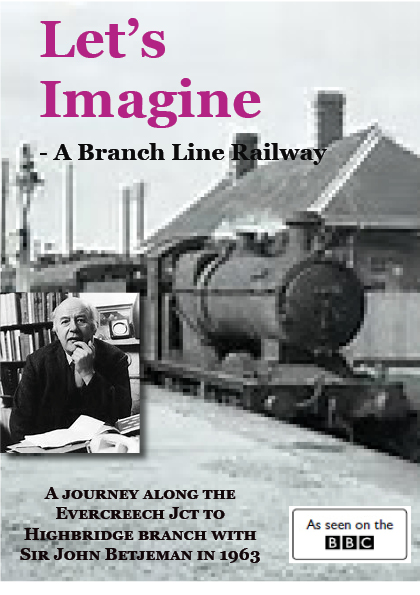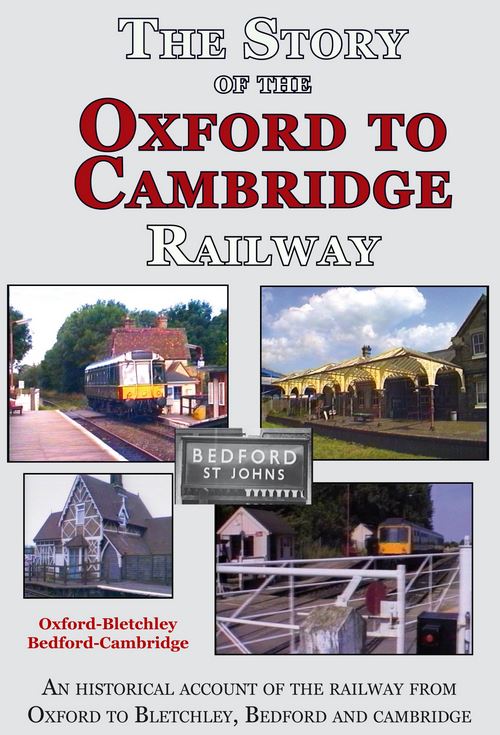Shop Sections
- New Releases
- Railways
- B & R Video Productions by WOLVERTON RAIL
- Branch Line Video
- Somerset & Dorset Joint Railway
- Great Central Railway
- Ironstone Railways (in the UK)
- Isle of Man Railways
- AArchive Films
- Alcazar Video
- British Film Institute (BFI)
- 1st. Take Productions
- Globe Video
- Graham Whistler
- GREEN UMBRELLA PRODUCTIONS
- J & K Video
- The Ivo Peters Collection
- Irish Railways
- Jon Marsh Film and Video
- Kingfisher
- Locomaster Profiles
- MIDLAND PUBLISHING
- Nick Lera's World Steam Classics
- Oakwood Video Library
- Online Video
- Railfilms
- Robert Cartwright
- Telerail
- Transport Video Publishing
- Video125
- Videolines
- Video History of Scotland
- Visions International
- Miscellaneous
- Model & Miniature Railways (World-Wide)
- Train Cab Rides
- Buses & Coaches
- Canals
- Trams & Trolleybuses
- Ships
- Digital Downloads
- Wolverton Rail Services
- >FREE< Wolverton Rail "Stuff"
- Books
Testimonials
- "Four stars and a Hero biscuit for excellent customer service!" - Shelia
"Once again, very pleased with your product and service." - Barry
"Thanks again for the great service and products." - Ric
"I wish to thank you and the staff at Wolverton Rail for fast, efficient and courteous service - something not always present in today's hectic world. " - Charles, Australia
"Excellent Service, Great Productions!" - Chris
"Absolute treasure trove, marvellous." - Phil
"Just want to say thank you for your Excellent service" - Anthony, Australia
These are real testimonials and not made up!
Information
New Releases
Best Sellers


